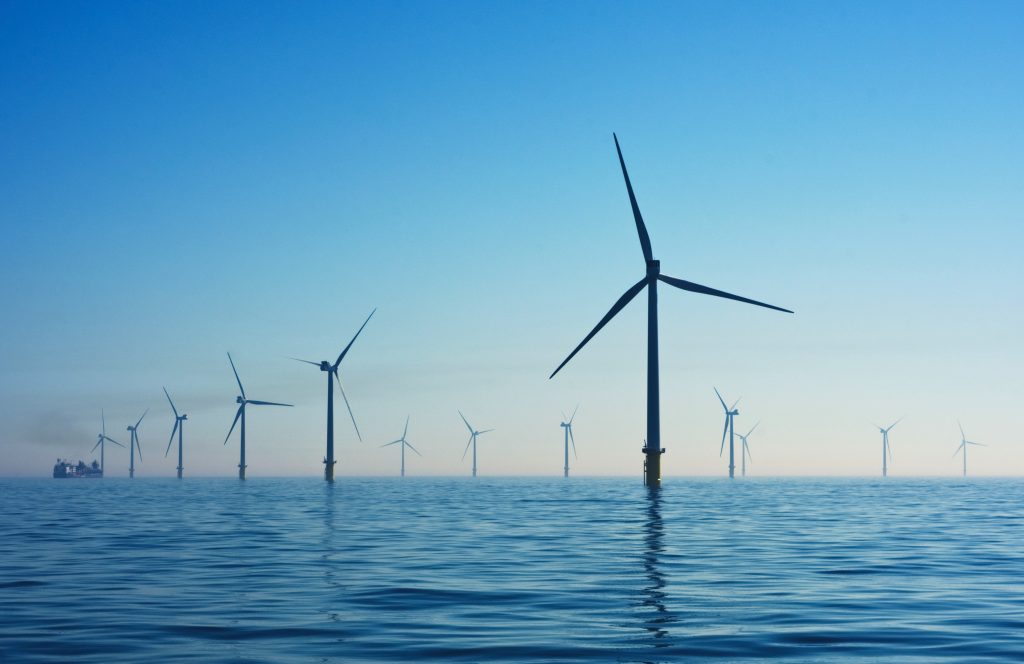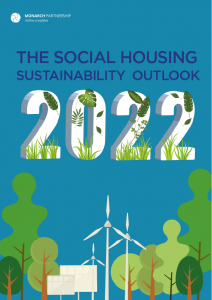As more and more organisations commit to curbing their carbon emissions, green energy procurement is becoming more important than ever.
The fight against climate change is becoming deeply ingrained in all aspects of society, and the corporate sector is no exception. Despite the financial strain brought on by Covid-19, the public desire to “build back greener” has only strengthened. However, the challenge will no longer be in finding “green” energy options, but rather finding genuinely sustainable ones.
While some SMEs are trying a smoke and mirrors approach to appear more sustainable, it will become increasingly clear that trickery will only get them so far. Other more innovative organisations are working towards creating a resilient business structure that will flourish in a fast-approaching net zero economy.
Here are the key renewable energy procurement options for building a low carbon foundation for the future of your business:
Onsite Generation
Perhaps the most sustainable energy option is incorporating onsite renewable generation, which usually involves solar or wind power. Onsite generation is typically used to offset energy imported off the grid.
For larger businesses with higher energy consumption, onsite generation is a smart way to cut costs as well as curb carbon emissions. For one thing, you can avoid non-commodity costs that are otherwise wrapped into your utility bills such as transportation and distribution charges. These fees often make up more than 50% of your electricity and/or gas bill. Generating some of your own energy also means you can more efficiently manage your energy procurement so that it’s less expensive and more sustainable.
Finally, if there’s an excess amount of electricity generated it can be exported onto the grid, and result in an offset or remuneration. Or if you’re using renewable heat, the Renewable Heat Incentive (RHI) provides financial incentives for any excess supply.
Power Purchase Agreements (PPAs)
Renewable power purchase agreements (PPAs) are the greenest procurement option after onsite generation. PPAs are an agreement between the, in this case, renewable energy generator and the buyer, and it gives customers the option to purchase energy from a specific renewable project often at a fixed price.
There are different types of PPAs. One option is purchasing the energy from a nearby or on-site generator, which means you avoid any non-commodity charges. Another option is purchasing from a project that isn’t directly connected, which are often offered as a packaged block of energy to a consumer.
PPAs often encourage innovation and growth in the renewable energy industry by providing financial stability. While green tariffs often only support older, subsidised projects, PPAs also support and incentivise new projects.
To learn more about the technology driving the green energy revolution download our Renewable Energy Guide.
 Green Energy Tariffs – the good, the bad, and the ugly
Green Energy Tariffs – the good, the bad, and the ugly
When you sign up to a green energy tariff, the supplier is essentially promising to match the amount of electricity you use with renewable energy, which is then fed back into the National Grid. This means that the electricity you’re using isn’t necessarily from a green energy source, but theoretically, it is pumping more green energy into the national supply.
However, not all green tariffs are created equal. On the one hand, there are tariffs available that allow a customer to receive energy from a specific renewable energy source or site. This provides some assurance of its green credentials.
Then there are Renewable Energy Guarantees of Origin or REGOs. Renewable energy generators receive one REGO per MWh of electricity they generate, and these can then be sold in a bundle with the electricity as proof of the suppliers green credentials. But REGOs can also be sold separately, and they happen to be quite inexpensive. This means a supplier could buy as many REGOs as they want without ever having to actually purchase any energy generated by renewables.
This smoke and mirrors show is being called “greenwashing”, and while it may be a cheap option at the moment, it isn’t a long term solution. An organisation’s sustainability will rely upon genuine measures to reduce its carbon footprint and cut costs responsibly. Less green options such as these should only be used in small doses to offset minimal amounts of carbon in an ethical way.
Transparency is key
Efficient energy use is quite simply the most sensible business plan – it saves money, improves your corporate reputation, and helps the planet. At Monarch, we understand that when it comes to energy procurement, transparency is key. Our experienced advisors make sure they are providing you with the most sustainable solutions available.
We believe that the protection of both the sustained welfare of our clients and the future of the planet go hand in hand. That’s why we created this renewable energy guide.















